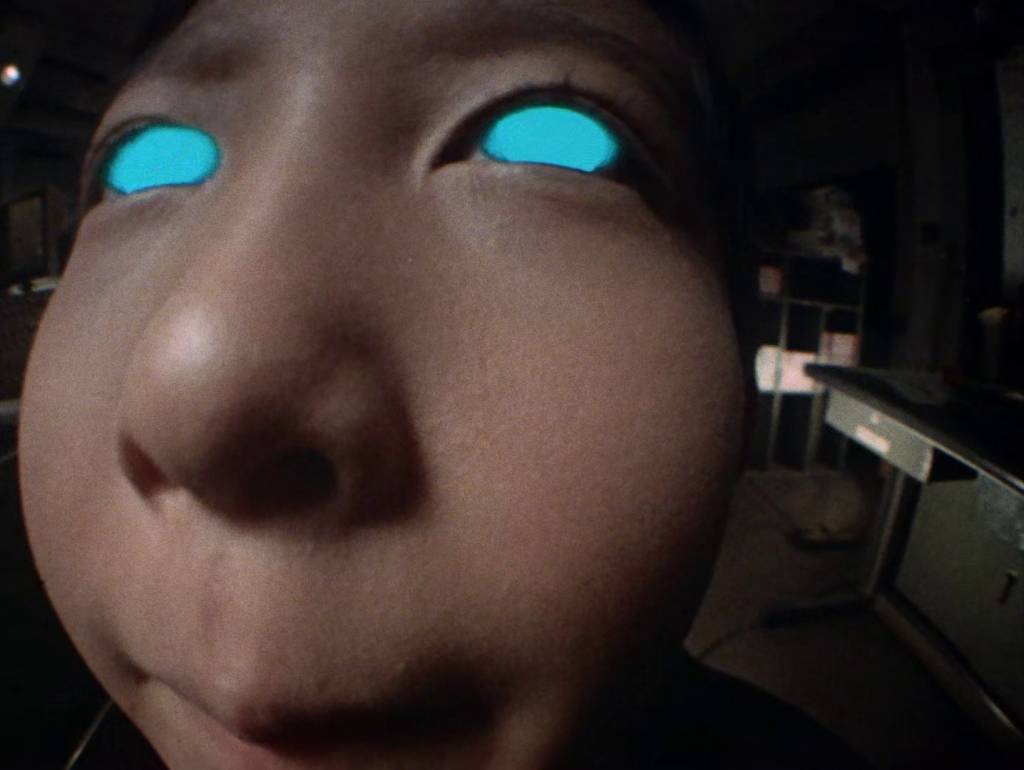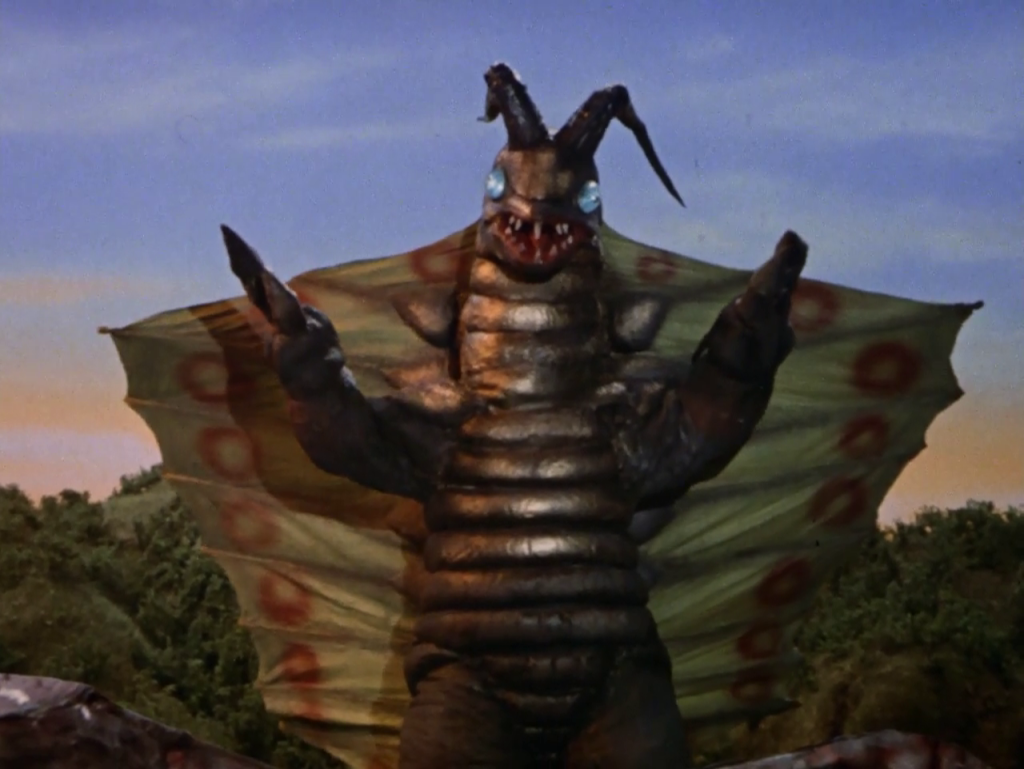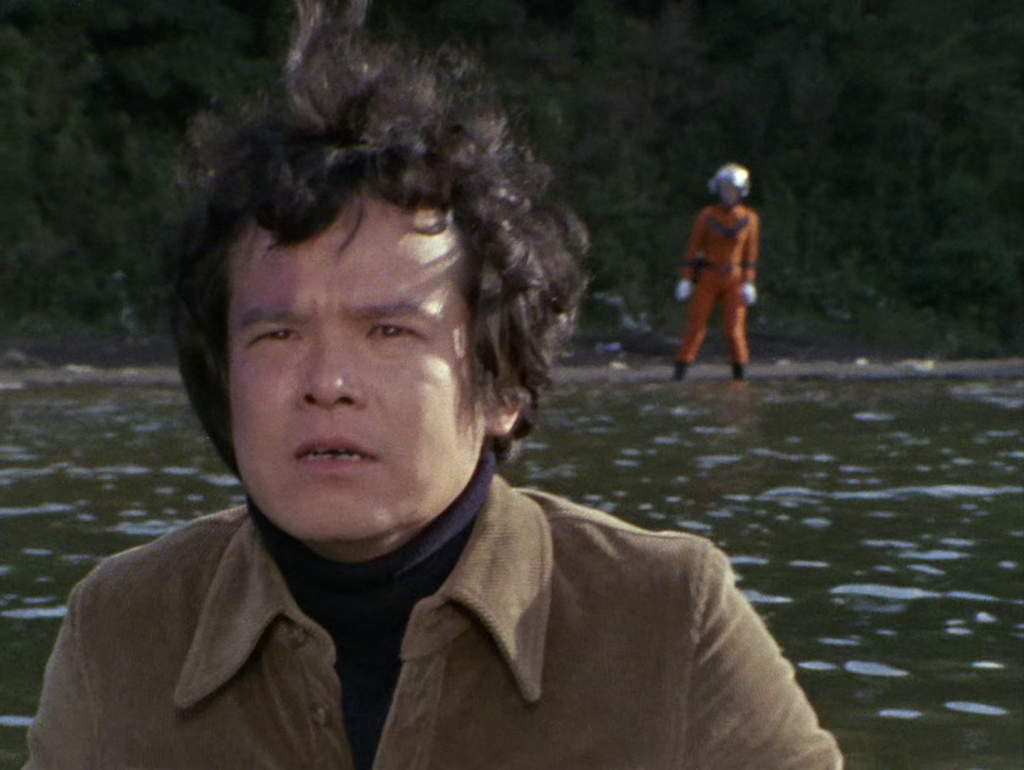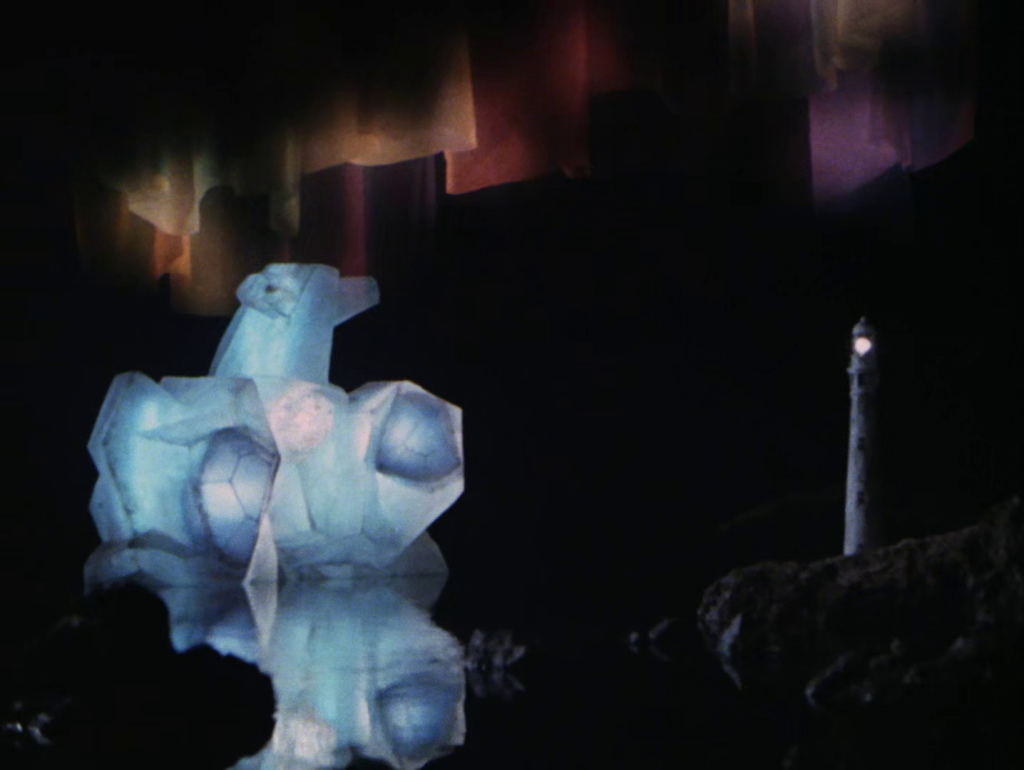
This Friday marked the fiftieth anniversary of Return of Ultraman‘s Cruel! Light Monster Pris-Ma (残酷! 光怪獣プリズ魔)’s airing. Said episode, a very classic science fiction-inspired story written by series co-star Shin Kishida is considered by some to be the final installment in the unofficial “Autumn Masterpiece Series”. This rather pretentiously-named series of episodes, which comprises of episodes 31 – 34 or 35 (depending on who you ask) is noted for its complex, emotionally-driven stories, high-quality direction with stunning cinematography (comparable only to the episodes directed by Akio Jissoji) and unique monsters. These episodes are also notable for airing shortly before the series would undergo a massive change in status-quo that would persist for the remainder of the 1970s, and still lingers to an extent today. Though more-commonly referred to as the “November Masterpiece Series” (11月の傑作群), I for one definitely prefer calling it the “Autumn Masterpiece Series” (秋の傑作群) given the former excludes the fantastic Cruel! Light Monster Pris-Ma.

In Between a Devil and an Angel (悪魔と天使の間に) – Without a doubt one of the franchise’s darkest episodes, with an evil alien taking the form of a young boy who’s befriended Captain Ibuki’s daughter. Much of the episode involves Go attempting to convince his peers, namely Ibuki, the truth behind the child. Ibuki, whom we’ve known to be a stern, no-nonsense captain, really comes out his shell here. His compassionate nature shines, revealing his wishes for his daughter to grow up without ever discriminating, which makes this situation that much harder for him. Of course, Go being the only one to here the kid speak almost certainly reveals another secret to Ibuki, resulting in complex, developing emotions all throughout.

Decisive Battle Under the Setting Sun (落日の決闘) – A decidedly lighter affair, though one that once again focuses on a boy. Though while not an evil alien, this boy certainly indulges in naughty behavior having learned the true nature of his “father”. Once again, we have a lot of complex emotions over a sudden revelation at play here. And while the boy’s story is very compelling, the highlight of the episode is without a doubt the absolute gorgeous sunset battle between Ultraman and the farting King Maimai.

The Monster User and the Boy (怪獣使いと少年 ) – If In Between a Devil and an Angel is one of the franchise’s darkest episode, then The Monster User and the Boy is almost certainly THE darkest episode. Based upon traumatic real life experiences by writer Shozo Uehara, the episode once again centers around a boy, an orphan taken in by an alien refugee. Word of the boy’s guardianship spreads, resulting in truly abhorrent treatment from the locals that’s often painful to watch. The episode serves as a fantastic companion peace to Devil, with Ibuki’s worries of discrimination on full-display, not to mention him revealing his knowledge of Go’s secret. The episode received a direct sequel in Ultraman Mebius 35-years later, which serves as a worthy follow-up.

The Life that Cannot Be Forgiven (許されざる命) – On its surface, The Life that Cannot Be Forgiven is just a campy mad scientist story akin to an episode like Ultraman‘s The Mysterious Dinosaur Base. But what sets this one apart, aside from its great direction, is the mad scientist’s connection to Go, having been childhood friends. And indeed, said scientist isn’t even all bad, loving all forms of life and being very charitable. But harbored within him are dark, dangerous ideas with consequences. Like the seemingly-ordinary civilians indulging in hateful acts of violence in the previous episode, this episode further cements there’s darkness in us all. Most notable is the episode’s writer, a young man by the name of Shinichiro Kobayashi, who would later reuse many of the same concepts for Godzilla vs. Biollante (1989). And who can forget the usage of “Flower, Sun, Rain” by PYG?

Atrocious! Light Monster Priz-Ma (残酷! 光怪獣プリズ魔) – Sometimes excluded from this “series” due to it airing in December, Atrocious! Light Monster Priz-Ma absolutely deserves a place here. Written by Shin Kishida himself (with Ken Sakata getting a lot of time to shine), the episode is essentially a giant love letter to the works of H.P. Lovecraft and J.G. Ballard, especially drawing influence from Ballard’s The Crystal World. This may very well be the most visually-stunning episode in the entire franchise, with the sequences of Ultraman trapped within the titular light monster standing out especially. Said monster Priz-Ma is simultaneously beautiful and haunting, which about sums up this episode perfectly.
